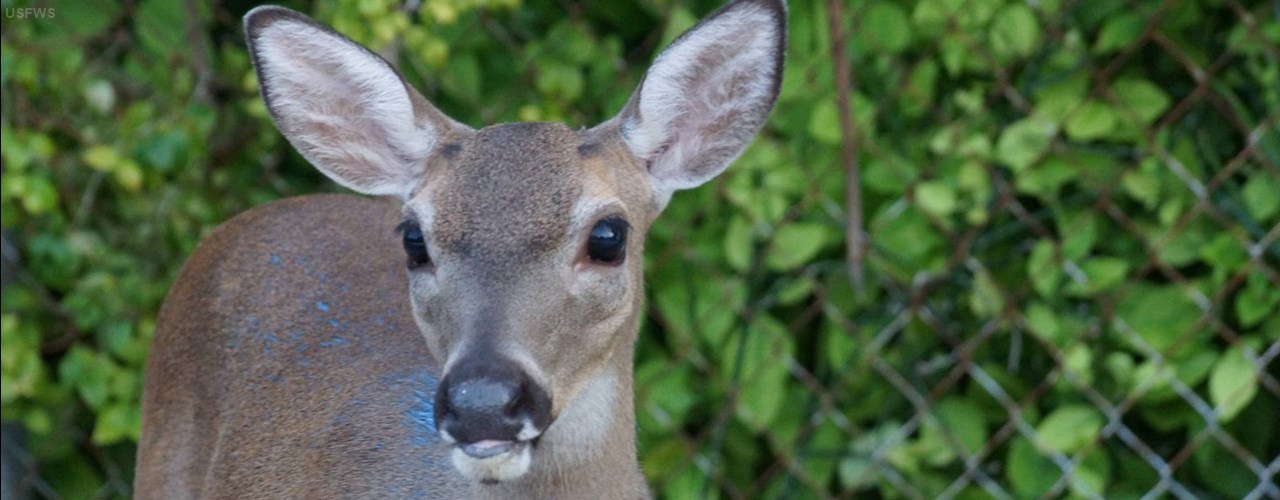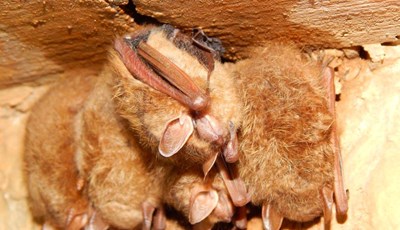As deadly screwworms reduce Key deer herd, IRNR and Texas A&M help multi-agency effort
After being eradicated from the United States for more than 30 years, New World screwworm flies reappeared in the lower Florida Keys this year. Screwworms have infested the endangered Florida Key deer population, which is spread across 11 islands. Approximately 130 deer, mostly males, have been killed by or euthanized due to the infestation, according to researchers.
New research results from Texas A&M University and the Texas A&M Institute of Renewable Natural Resources (IRNR) show that the current Key deer herd is estimated at approximately 844 individuals.
To contain the infestation and manage the deer herd, the U.S. Fish and Wildlife Service (USFWS) is leading and coordinating a multi-agency response, and IRNR and Texas A&M are assisting with population estimates and projections, said Dr. Roel Lopez, IRNR director.
Because the flies’ larvae feed on warm-blooded animals’ tissue, male Key deer are vulnerable during fall, Lopez said. Male deer spar during breeding season and suffer open wounds in which screwworms can infest and lay eggs.
Key deer are an endangered subspecies of white-tailed deer found only in the lower Florida Keys.
Dr. Israel Parker, IRNR research scientist, said the infestation is a major health concern not only for the deer but also other warm-blooded animals in the Lower Florida Keys.
“Screwworms can have devastating effects on livestock populations, so food security and agricultural industries could also be greatly affected if the infestation spread,” he said.
The USFWS-lead, multi-agency effort has effectively quarantined the infested area so far, and the screwworms have not spread, Parker said.
Texas A&M and IRNR researchers have been studying Key deer for more than 60 years. Lead by Lopez and Dr. Nova Silvy, Regents professor in the Department of Wildlife and Fisheries Sciences, the team
- used density and distribution analyses to estimate current Key deer populations
- completed population modelling and projects
- determined how the species will fare following this infestation.
“Our results project that the Key deer population will be sustained, because the mortality has been largely adult male deer, which are replaceable by a healthy sub-adult male crop,” he said. “And, deer vaccination and screwworm fly eradication efforts are in full-swing.”
However, a deadline looms.
“It is important that the screwworm fly is widely eradicated by the spring fawning season, as females and fawns will then have birth wounds vulnerable to screwworms,” Parker said.
For more information, see this U.S. Fish and Wildlife Service information page, or contact Parker at israel.parker@ag.tamu.edu.




